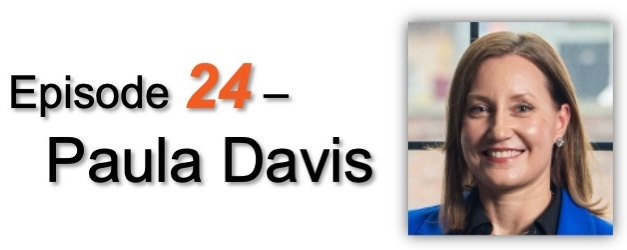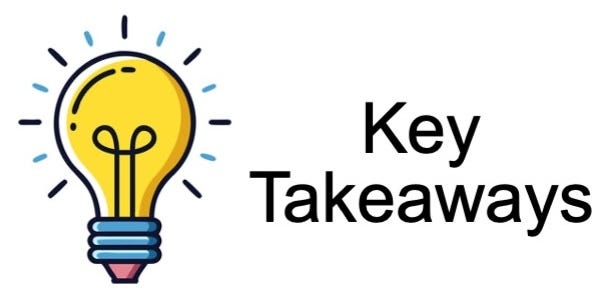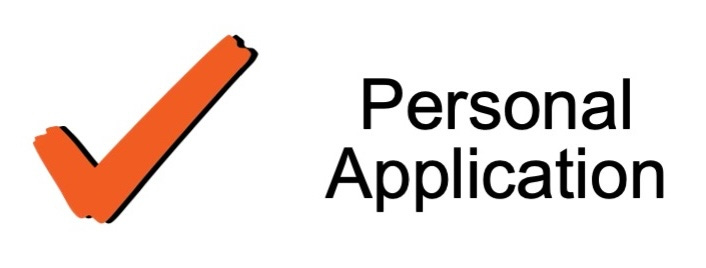Unless you’ve been asleep under a rock, you know that the modern workplace has undergone a seismic shift:
For many people, remote work has become the norm.
Digital collaboration tools have replaced many in-person meetings.
The lines between work and home have been blurred.
While these changes have offered flexibility and new opportunities, the’vey also introduced a silent but growing crisis: employee burnout.
As organizations navigate hybrid models and round-the-clock connectivity, the toll on mental health, productivity, and overall job satisfaction is impossible to ignore.
Paula Davis gets it. As founder of the Stress & Resilience Institute, she maintains a laser focus on helping people make work better.
Paula explains how leadership behaviors, team dynamics, and individual experiences interconnect to produce sustainable human performance.
Smart leaders are shifting from command-and-control to connection-and-collaboration.
Retention isn’t about perks, it’s about people feeling seen, safe, and supported.
Burnout isn’t inevitable. Resilience can be learned.
Which of the five leadership mindsets Paula discusses can be most useful to you in working with others—whether you’re the leader of a team member?
In managing your own workload, what specific steps can you take to avoid burnout?
What “legacy mindsets’ might be having a negative effect on the work in your organization?














Share this post